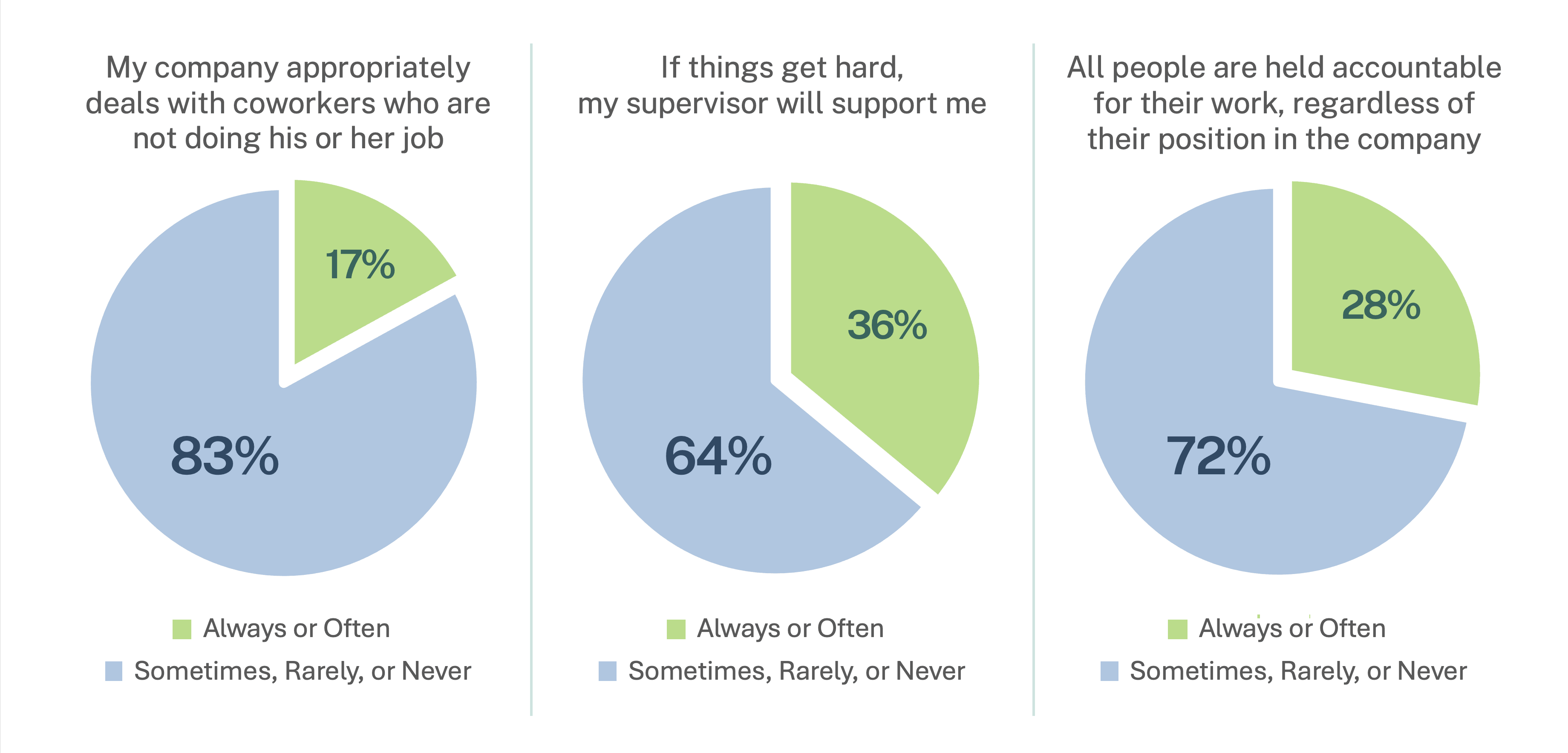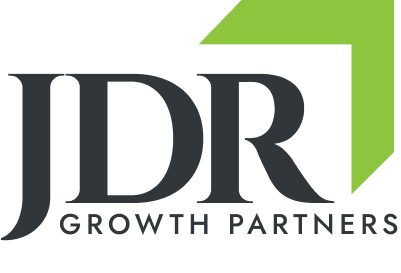How often have you heard someone described as “a born leader”? After 40 years of studying the psychology of leadership and working with some remarkable leaders in business and sport, I have concluded that leadership is both science and art. While humans can be born with traits that predispose them toward leadership, leadership can most definitely be learned, and therefore taught.
Some Companies Get It
Earlier in my career, I was fortunate to work at Clorox and PepsiCo, two well-run companies known for talent development. I was surrounded by people with a growth mindset.
From day one at Clorox, we were told that while our career advancement depended mostly on our ability to build the business profitably, just as important was our ability to develop the people we supervised into future leaders. Every supervisor received significant leadership training and development, and we were held accountable for the growth of our people.
This sent a powerful message throughout the organization, fostering a performance-based culture of learning and growth. It’s no coincidence that both companies have been so successful over a sustained period of time.
But Many Don’t
Unfortunately, this approach is all too rare. Too many organizations treat leadership as though it is an innate ability—something you’re born with or that happens naturally. While many organizations readily invest in teaching their employees requisite skills, most do not provide much development when it comes to leading people.
Compounding the problem, most leaders are promoted to ever-increasing levels of responsibility and power because they are smart and assertive, and because they deliver good results—and not necessarily because they are great at leading or bringing out the best in other people. Yet leading and working through other people becomes increasingly important the higher one ascends. Could this be why so many would-be leaders struggle once they reach senior leadership positions in businesses, schools, governments, churches, and other organizations?
An extensive Workplace Health Survey by Mental Health America (MHA) reveals the extent of the problem. MHA surveyed over 17,000 employees across 19 industries and found that only 36% of people surveyed could rely on their supervisor for the support they need to do their jobs effectively.

Source: Workplace Health Survey by Mental Health America
Gallup’s latest State of the American Workplace research reports widespread disappointment directed at leadership with 8 in 10 employees believing their boss lacks vision or clear communication.
Further, a recent report by Dan Mack of Mack Elevation found that 6 of 10 workers would choose a new boss over a pay raise, and 3 of 4 workers say that their supervisor is the most stressful part of their job. The top reasons cited? They did not receive proper recognition, and they were hindered by trivial activities and micromanagement.
In a nutshell, they are being over-managed and under-led.
The Best Leaders Force-Multiply
In my work, I have found the best leaders know that their team could achieve more. These leaders persistently challenge themselves to do more to develop the leadership capabilities of their people, while continuing to pay the required attention to customers, partners, and stakeholders.
What sets them apart from less effective leaders is they understand that their ultimate leverage lies in their ability to force-multiply their leadership influence by investing the time, energy, and resources needed to grow leaders at all levels of their organization.
Here are 5 tips to cultivate more leaders in your organization:
1. Set the tone by making sure your team and all supervisors know you believe that – aside from bottom-line results – nothing is more important than talent and leadership development. Pay more than lip service to it. Do everything possible to cultivate a high-performing leadership team that cascades this conviction and approach throughout your organization at all levels. Do not delegate it to HR. Partner with and enable HR to make it happen. Make sure everyone knows it is a top priority by actively participating in all talent acquisition, development, retention, and succession initiatives.
2. Coach people to achieve more than they thought possible by revealing what success looks like. People in every organization need models of what success looks like. Inspire everyone to step up by actively seeking out people doing something well and showing your genuine gratitude, both privately and publicly. You are the head coach.
3. Make sure everybody knows where they stand by using the 9-Box talent succession process.
If you want your organization to attract and retain top performers, you have to be the chief differentiator.
Organizations inherently regress toward the average when supervisors avoid candid discussions regarding performance. This problem is compounded when rewards are allocated homogeneously to appease the masses. Without your influence, inertia will rule and many supervisors will avoid the heavy lifting required to differentiate between top and bottom performers.
The best leaders believe with passion that all people deserve an honest assessment of their performance and career prospects. They understand that life is too short for anyone to hang out in a dead-end job without honest feedback. These leaders also realize that grade inflation leads to mediocrity, and it is supremely unfair to top performers when everybody gets a good grade. Above all else, it’s a matter of integrity.
The best leaders also understand that poor performers repel difference-makers, block the advancement of those worthy of advancement, and call into question the judgment of the leaders who tolerate poor performance. Don’t allow supervisors to avoid the brutal facts. Teach them to embrace tough discussions with poor performers and provide them every chance to improve. If coaching with candor fails to yield improved results, make sure your supervisors have the training, courage, and compassion to guide poor performers out of your organization with dignity and support.
4. Champion and reward difference-makers. Some supervisors are threatened by stronger players. Great supervisors hire them. You must set the tone by making sure your organization recognizes and rewards those who make the biggest difference as measured by the results achieved – as well as how they are achieved. Otherwise, you will lose those difference-makers to an organization that does.
5. Get help from the outside. It can get lonely at the top of any organization, and it is sometimes hard to get 100% objectivity from the inside. Trusted confidants with a wealth of experience can make a big difference. Every leader needs seasoned allies from the outside who have been there and actually done it, not just studied it. Look to these advisors to confide in and help continuously improve your performance – and the performance of your team. Just because you are the top dog doesn’t mean that your growth journey should plateau.
Leadership is an exponential equation. The best leaders have a force-multiplying impact on their team and organization by cultivating great leaders who develop difference-makers into more great leaders. This compounding effect drives improved performance and results, which is the exponential effect of a force-multiplying leader. So don’t wait for your leadership genes to kick in. Go ahead, be a force multiplier!





